How to grow waterlilies
Waterlilies will bring joy to your life.
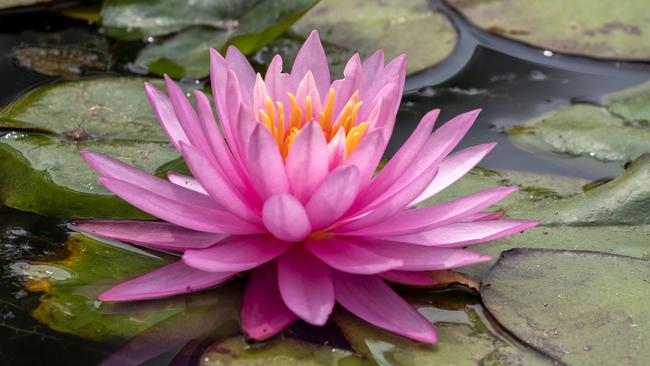
Why does the sight of floating waterlilies evoke such delight? Is it the ephemeral perfection of their flowers or the fluid nature of their home?
There are two main groups of waterlilies in the Nymphaea genus. Tropical waterlilies prefer water temperatures above 24C, and typically hold their flowers well above the water level. They come in pinks, whites and yellows, but notably in some extraordinary purples and blues. Many are deliciously perfumed. A few varieties are night flowering, opening their blooms at sunset and closing them late the next morning. Tropicals tend to have large leaves with toothed or scalloped edges and purplish streaking. In regions like Kakadu, indigenous peoples eat the tuberous roots, flower stems and seeds of native species.
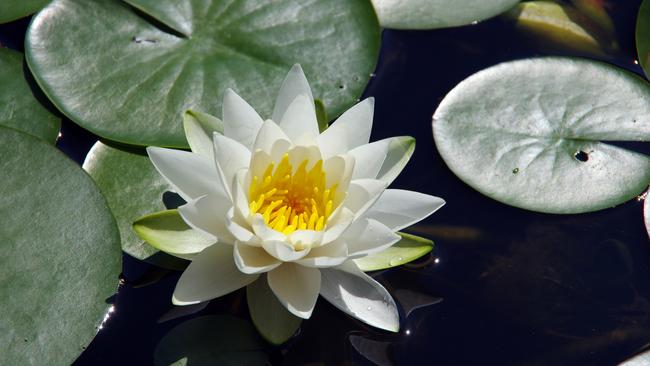
The other group, called hardy waterlilies, are from the northern hemisphere. They will grow from Hobart to Cairns, surviving frosts and snow as long as the crowns and roots don’t freeze. Their flowers float on the water’s surface, opening during the day, and the leaves usually have smooth, rounded edges – think Monet’s paintings. Flower colours include white, pinks, red, yellow, apricot – some even change colour – but not blues and purples.
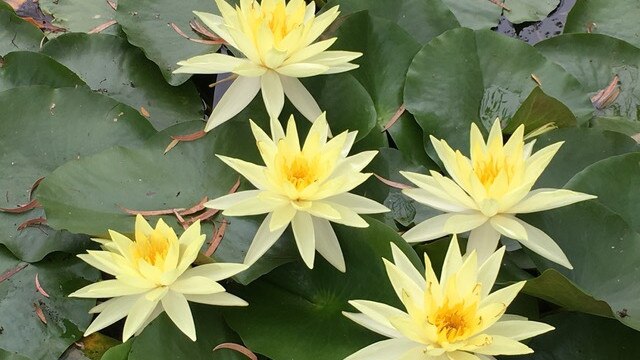
Kevin and Lisa Metelik of Austral Watergardens, a third-generation family business just north of Sydney, suggest growing both types if possible, to extend the flowering season. “Hardy varieties flower from around October to March here, then the tropicals kick in around November-December until April or May,” says Kevin. “Once it’s warm, tropicals really produce a lot of blooms.” And tropicals are very fragrant, adds Lisa. “You can walk past the pond and smell them.”
In the tropics, native waterlilies grow in the wet season and flower in the dry but further south will die back completely in winter. The most cold tolerant of the tropicals include ‘St Louis Gold’, ‘Blue Triumph’ and ‘Margaret Randig’. Hardy types naturally die back and rest during winter. “People sometimes think their waterlily has died but they just need to wait for growth to start again in the warm weather,” says Lisa.
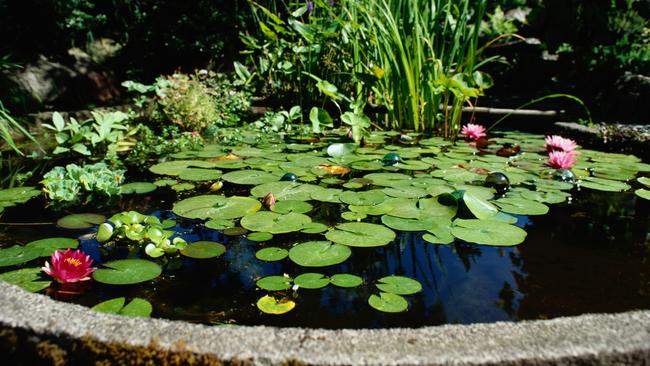
You don’t need a pond or dam to grow waterlilies, as many will do well in a water bowl. “It’s the best way to start and ideal for small gardens and balconies,” Kevin says. The bowl needs to be at least 45-50cm diameter and 40-50cm deep, unless you are growing some of the miniature hardy varieties. Too shallow and the water gets too hot, diminishing oxygen levels, favouring algae growth and stressing plants and fish. You can add waterlilies to water features, but they need calm water and dislike splashy fountains.
Kevin suggests adding some other water plants for contrast, and little fish (not koi or goldfish) to eat mosquito wrigglers. Even in ponds, it’s a good idea to grow waterlilies in pots for easier maintenance. Re-pot every two years, using garden soil – not potting mix – and top with 5cm of pea gravel or coarse sand to help keep the water clean and protect roots.
“Growing water plants is a great form of gardening because it adds another dimension,” says Kevin. “A lily pool can be a magical place.”
Good to know
Mexican waterlily (Nymphaea mexicana) and Cape blue water lily (N. caerulea) from Africa are weeds in NSW and Queensland.
Waterlily pads are filled with lightweight tissue, making them buoyant. The upper side is waxy and water-repellent.
To flower well, waterlilies need six hours of sun daily and aquatic fertiliser tablets three times a year. Hardy types need a water temperature of 16-18C to begin flowering.
Waterlily flowers last for 4-5 days; most open in the morning and close at night.
Q&A
Some people have told me that worm wee is not good for natives. I use it diluted one part to 10 on everything. Is there anything that wouldn’t benefit?
Geoff Hughes, by email.
Although it can vary, the phosphorus level in worm juice is usually similar to general fertilisers and could upset those natives very sensitive to phosphorus such as certain grevilleas, banksias and waratahs. However, most natives are not P-sensitive. Your dilution rate is correct – it should look like weak tea.
I’ve been experimenting with growing tomatoes under 50 per cent white shadecloth. The best has been ‘Principe Borghese’ but can you suggest better ones?
Paul Cooper, Brisbane
Many Brisbane gardeners grow their tomatoes over winter, planting in autumn and harvesting in spring before fruit flies attack. This also avoids the summer heat and its fungal diseases. Varieties recommended by locals include ‘Tropic’, ‘Scorpio’, ‘Thai Pink Egg’, ‘Sweet Bite’, ‘Green Zebra’, ‘Yellow Pear’, ‘Black Krim’ and ‘San Marzano’. Cherry and roma varieties are generally more pest and disease resistant.
Why is my compost bin infested with maggots? And despite seeding with 500 eggs, there’s no evidence of earthworms.
John Matthews, by email
Some maggots are beneficial – the segmented grubs of compost soldier flies, for example, help compost food scraps and are commonly found. They can dominate when compost is too wet or too acidic – conditions worms dislike. Add more fibrous, dry materials and a sprinkle of garden lime. Compost worms that you buy stay near the surface; earthworms prefer to burrow.
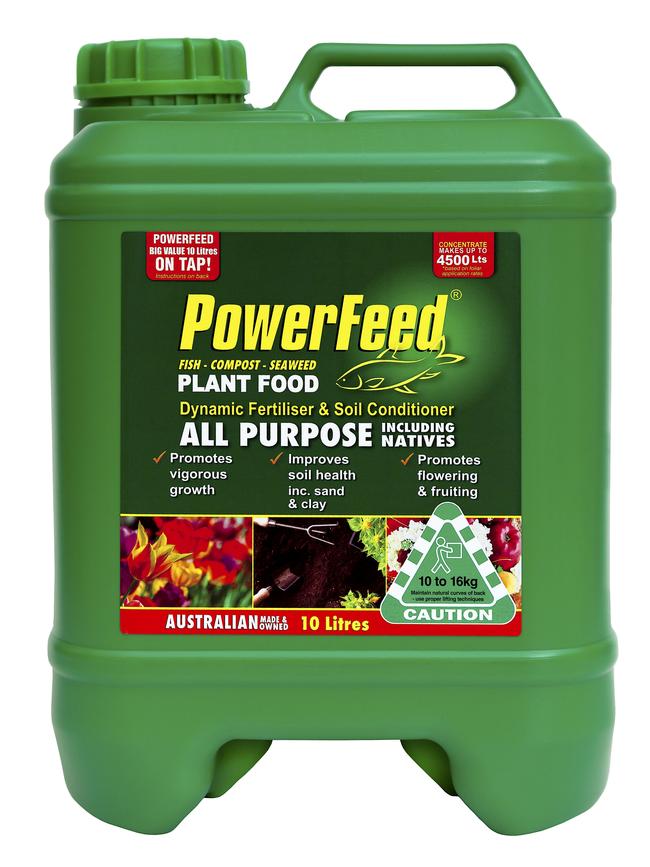
Send your questions to: helenyoungtwig@gmail.com or Helen Young, PO Box 3098, Willoughby North, NSW 2068. Website: helenyoung.com.au. The best question for February wins 10 litres of PowerFeed concentrate, the organic-based liquid fertiliser and soil conditioner from Seasol, worth $80.



